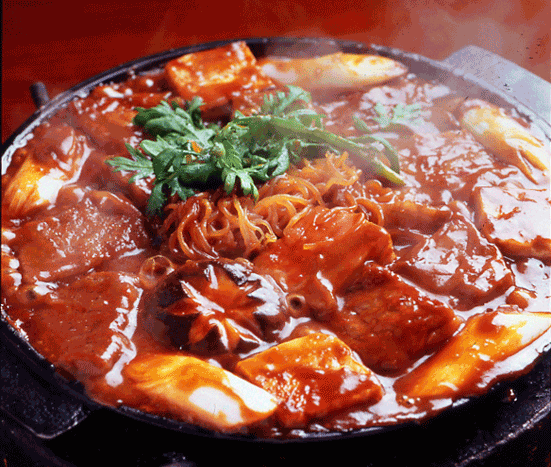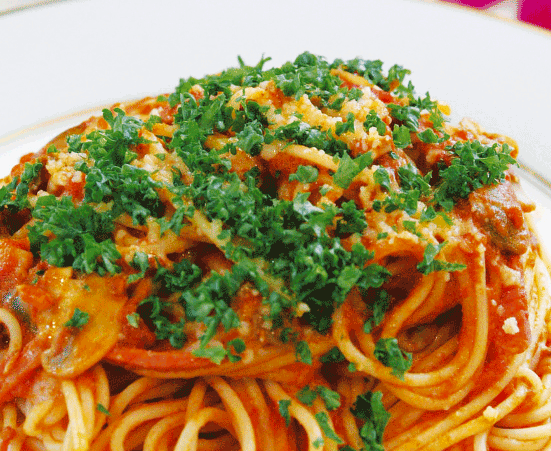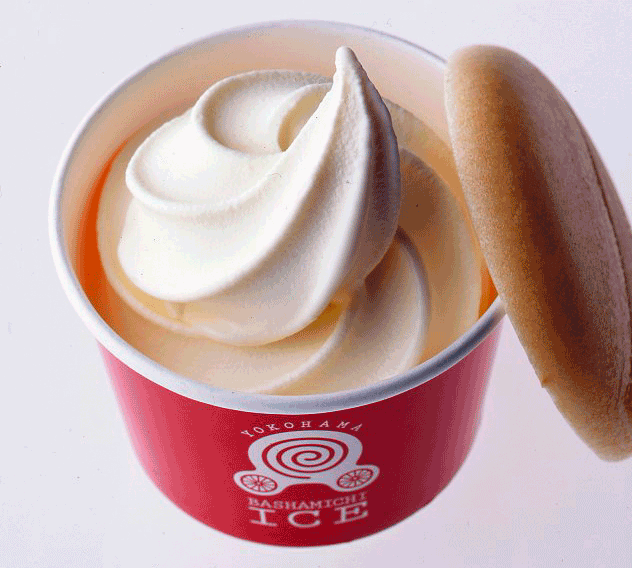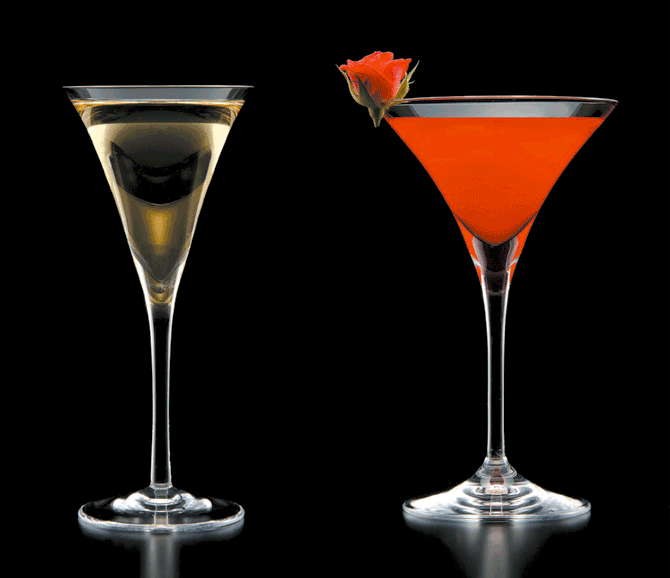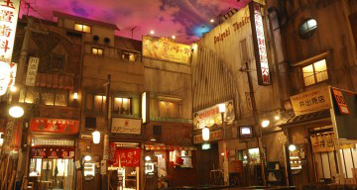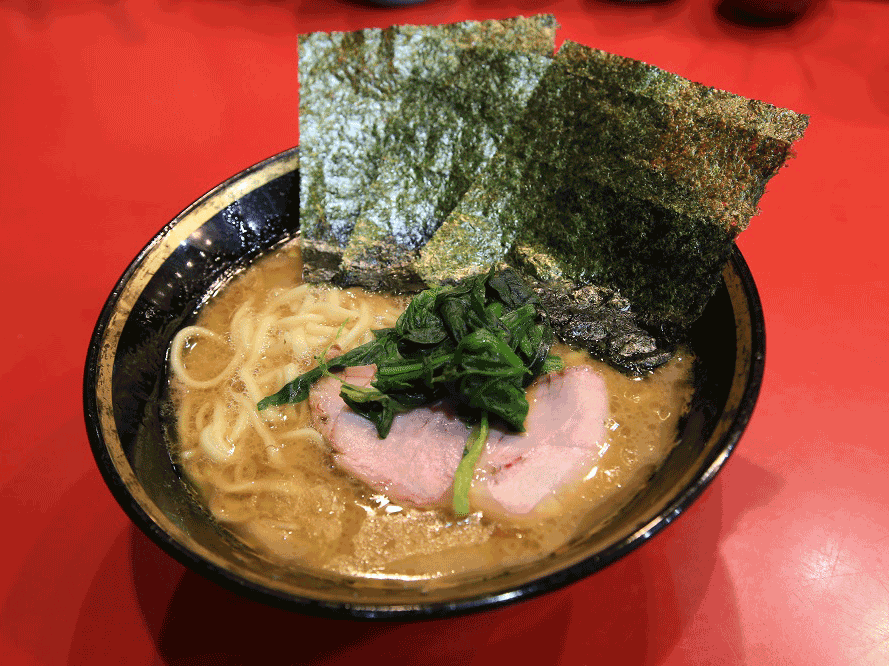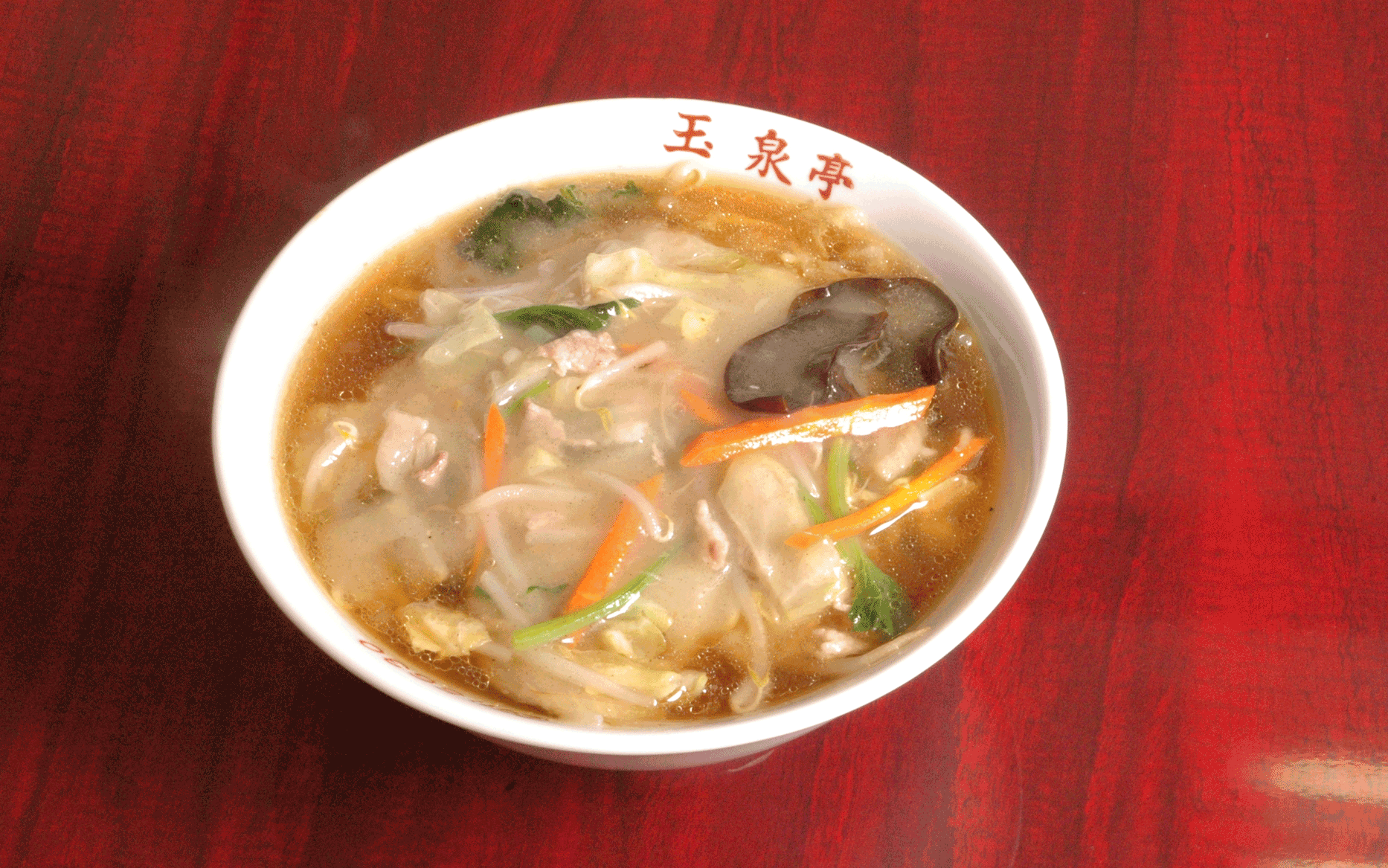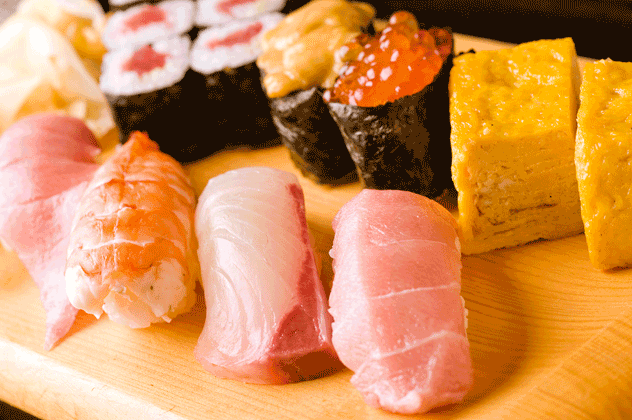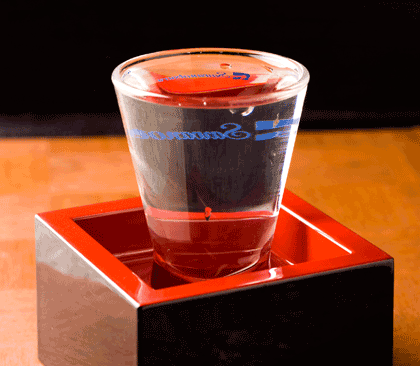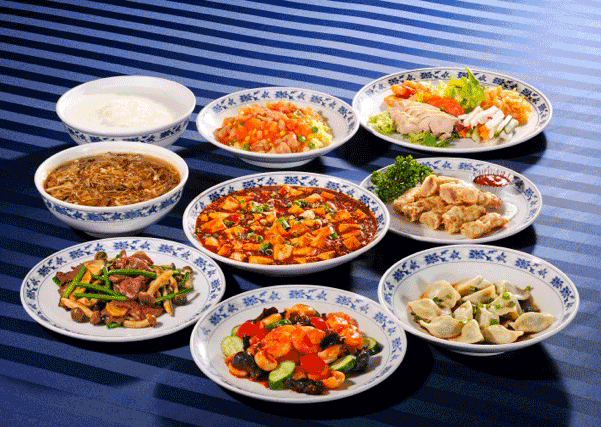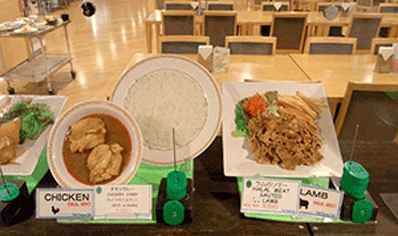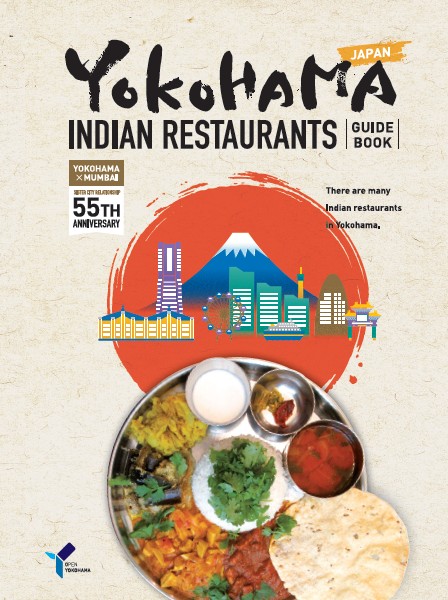Born and raised in Yokohama
Yokohama is a treasure trove of firsts in Japan in terms of foods because it was among the first cities in the country to open its doors and accept Western culture. In addition to Western imports like ice cream and beer, Yokohama also has a number of Yokohama things that were actually invented right here.

